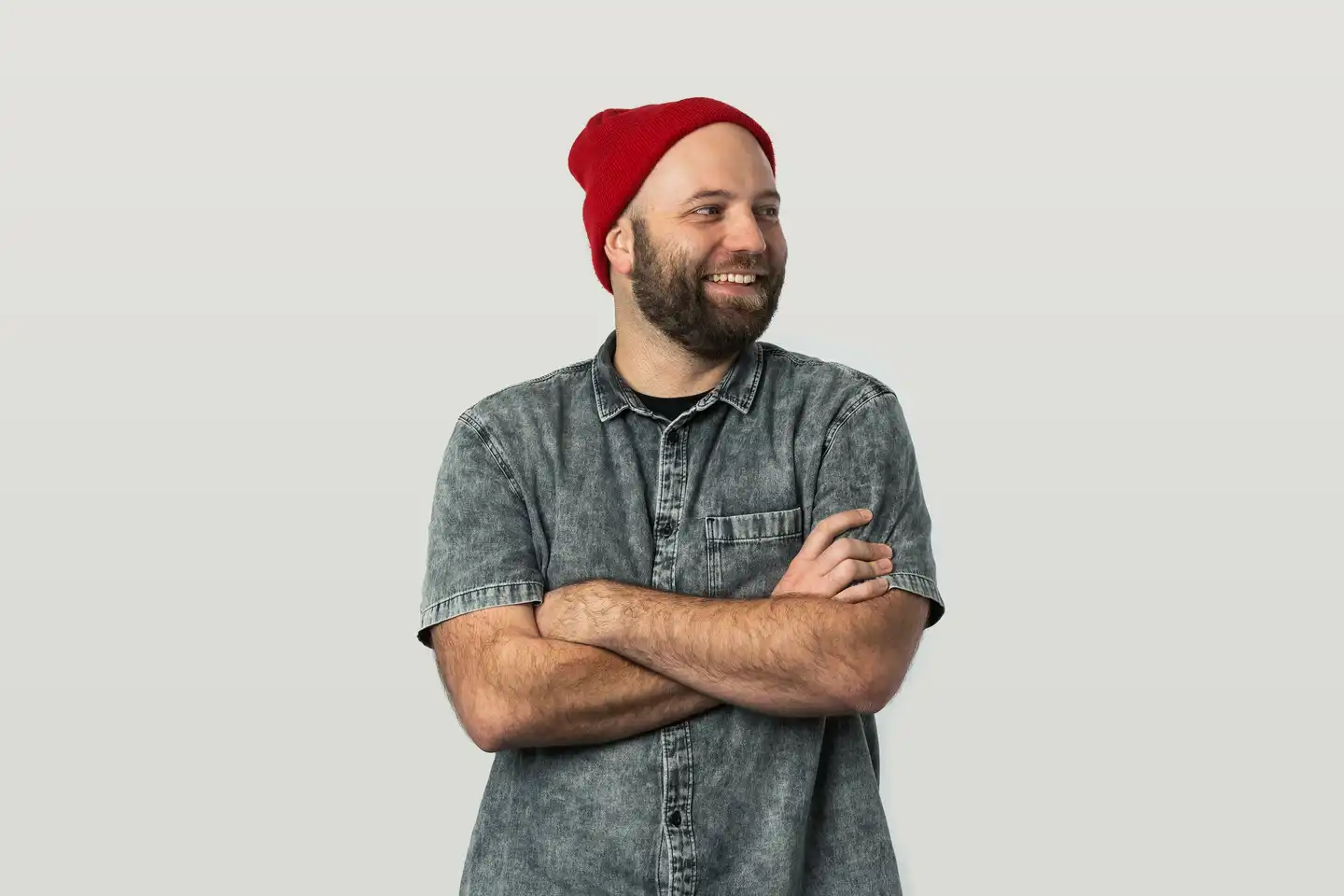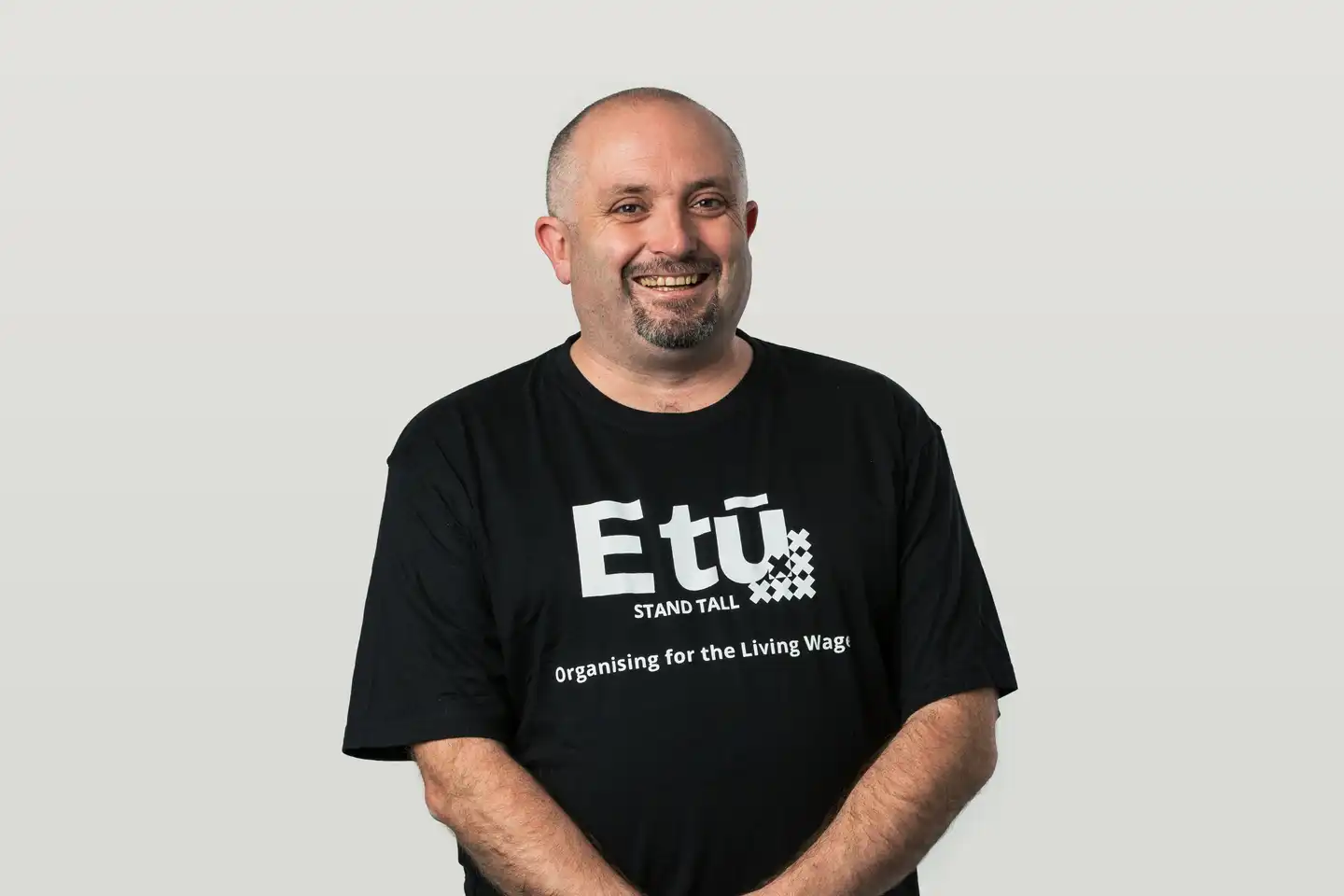
At Springload, we’ve been taking classes to learn te reo Māori. Some Springloaders decided to share their experiences of learning te reo. They show how people at different stages of learning can all get something out of giving it a go.
Cameron Bourgeois
Building towards a truly bilingual society

Learning te reo Māori for me is about reconnecting with our unique heritage in Aotearoa — contributing to the restoration of the mana of the language and the mana of tangata whenua.
I’ve completed a couple of beginner-level courses in the last few years. They have given me a good foundation to work from. Now my learning around te reo is about connecting with whānau, friends and colleagues on the same journey to progress together.
It’s exciting to see so much passion and enthusiasm for this movement toward becoming a truly bilingual society. There’s no shortage of unique learning opportunities that present themselves daily — the momentum is building. Kia kaha te reo Māori!
Lucy McMaster
Connecting to my family history

My journey into learning te reo Māori has started only in the last couple of years. I didn’t grow up learning te reo in my home, nor did I take the (limited) opportunities to engage in te reo and te ao Māori at school.
I was told many times over at school that there was more use in taking another more ‘international’ language. I feel as though this is a huge fallacy, as we know that learning any other language will aid in your ability to learn other languages. There are so many benefits to being multilingual! So why not start with the indigenous language of my home?
Being Pākehā born and raised in Aotearoa comes with privilege. Simultaneously, my family history on both my mother’s and father’s side is rich with stories. I have ancestors who were some of the very first European families to arrive and make a new life here. In fact, I am a seventh generation Pākehā on both sides of my family. My family’s history is all over Te Ika-a-Māui (North Island), from way up north in Tauranga Bay down to the Wairarapa.
There is one particular story that has further inspired me to learn te reo and better understand te ao Māori. It tells of the relationship my tīpuna mātua (ancestors) Angus McMaster and Mary MacKenzie had with Te Hiko Piata Tama-i-hikoia. He was a major Wairarapa rangatira (chief), recognised by Rakaiwhakairi and Ngati Rangitawhanga as one of their leaders from the 1840s to the 1880s. Te Hiko and Angus McMaster were close friends, and they even share an urupā (cemetery) at Tuhitarata.
From delving into this story with my family, I realised that these ancestors, along with their children who were born here, would have spoken the local dialect of Māori.
This rich story in my family’s history is what has inspired me to learn and do better with te reo — if my ancestors spoke it, why don’t I?
John Anderson
A way to understand Aotearoa

For me learning te reo Māori is a way to understand the histories of Aotearoa, to discover my own connections as a Pākehā to this land, and to see a better future for all of us. It is also dynamic, fun and fascinating, and just so good for my mind.
I’ve only recently started studying te reo Māori again regularly. I loved learning it at school, as it opened my eyes to so many new experiences. Returning to te reo study now means a lot to me. And I’m really appreciating the depth of resources and opportunities on offer these days.
I feel so grateful to the many people who have fought and struggled to move te reo Māori to stand where it is today. Kia manawanui! Kia kaha! Karawhiua!
Alexa Patterson
Learning what it means to be a Kiwi

I’ve always loved learning new languages and about the cultures of other places in the world. That’s how I felt when I moved to New Zealand in 2012. But now it’s my culture and my official language too.
I started learning te reo Māori through a course run at Springload. Through learning, I have found that having an understanding of the Māori worldview and the etymology of the language has really transformed my understanding of what it means to be a Kiwi.
My proudest moment as a student of te reo Māori was singing the national anthem — with correct te reo pronunciation — at the conclusion of my recent citizenship ceremony.
Peter Jacobson
Immersing in te reo in everyday life
For me, ako (learning) te reo Māori is really meaningful and a lot of fun! It feels like something I want to do to honour Te Tiriti o Waitangi and to connect with te ao Māori, including connecting with the whenua, the land I walk on.
Dr Ruakere Hond talks about the value of time, location and activity-based rumaki (immersion) in harnessing the huge power of the subconscious for learning languages. This matches my experience learning Spanish, so I’ve been creating as much rumaki as I can in my everyday life to help me learn te reo.
I’m doing a 36-week course with Te Wānanga o Aotearoa. It’s free (fully subsidised) for all the people of Aotearoa, and is available in 80 locations throughout the country. This has become my heartbeat.
I’m grateful that my partner is up for learning with me. We're using Scotty Morrison’s awesome book ʻMāori Made Easy’, the ‘Drops’ app, and practicing as much as we have energy for.
I find active learning powerful, so I keep playfully creating rerenga kōrero (sentences) with the te reo Māori I do know. And I like to explore the beautiful meanings of kupu (words). ‘Aroha’, for example, is often translated simply as ‘love’, but the full meaning of ‘aroha’ encompasses much more — the breath of life, the creative force of the spirit, and drawing out the best in people to encourage generous action.
Resources to learn te reo
These stories show some of the different ways that learning te reo Māori can enrich our lives in Aotearoa New Zealand today.
Here are some resources you might enjoy using to learn more te reo.
‘Kupu’ app — this app uses the camera on your device to instantly give you te reo Māori kupu (words) for objects you photograph, using Te Aka Online Māori Dictionary.
Te Aka Online Māori Dictionary — the authoritative dictionary, also available as an app and as a book.
‘Māori Made Easy’ by Scotty Morrison — a fun and user-friendly guide book for anyone wanting to learn the basics of te reo Māori.
‘Drops’ app — learn te reo Māori through immersive and playful lessons.
Te Wānanga o Aotearoa courses — learn to speak te reo Māori with confidence through a 36-week course that suits your level of experience. The courses are free (fully subsidised) to all New Zealanders, and provided in 80 locations across Aotearoa.
Get in touch
Let’s make the things that matter, better.
Email: hello@springload.co.nz
Phone: +64 4 801 8205